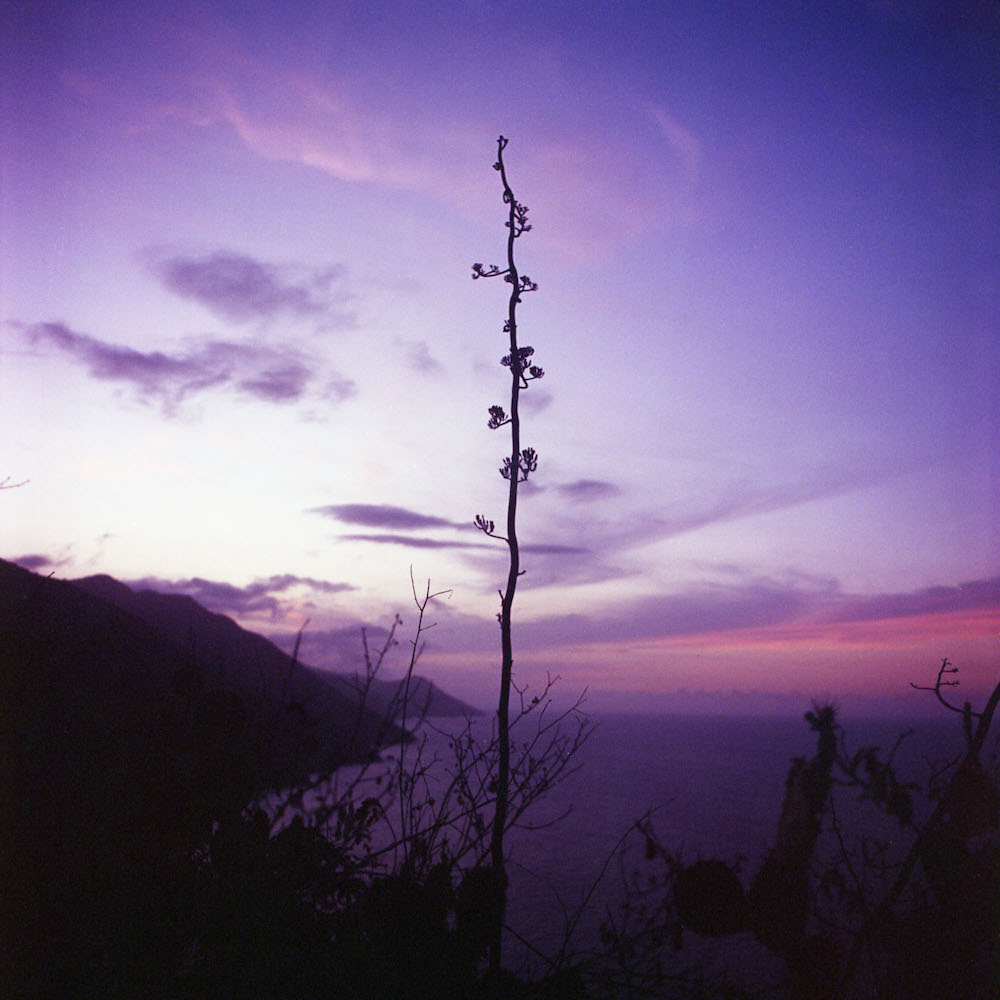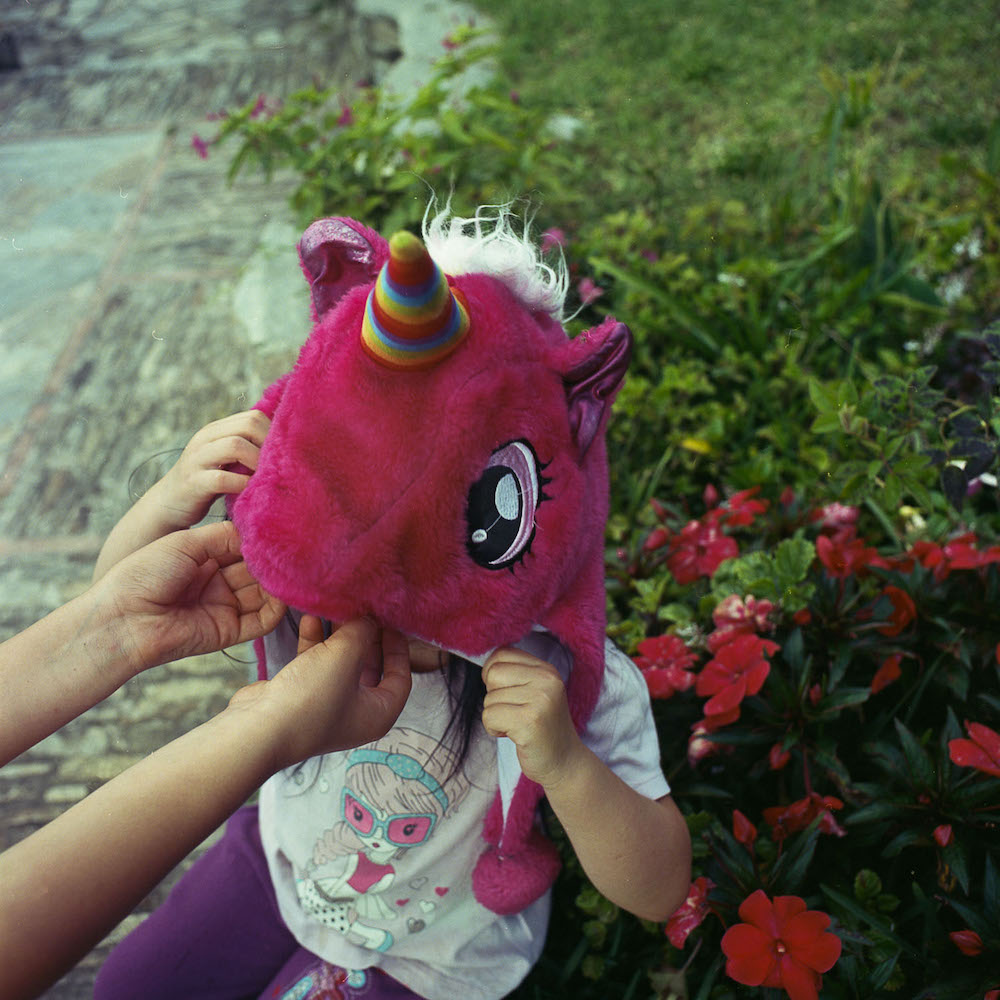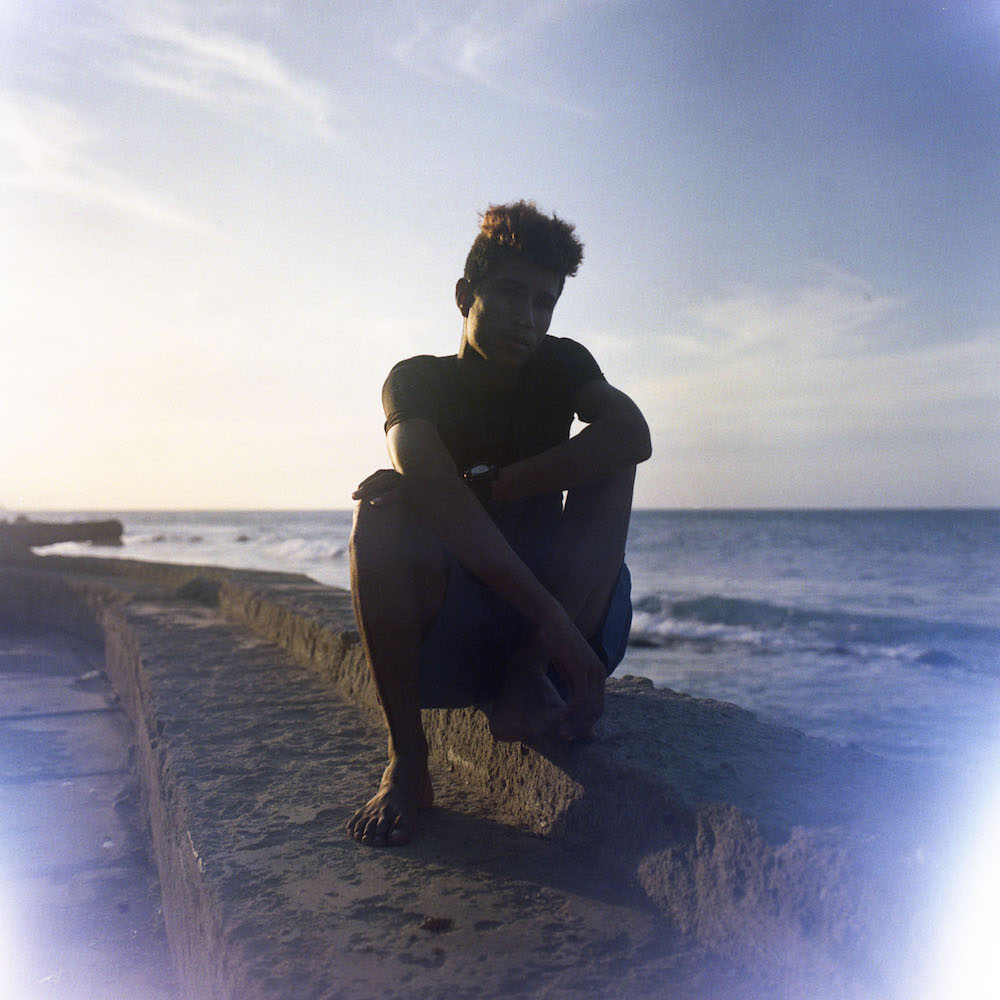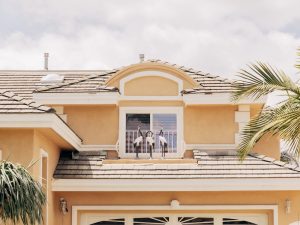Andrea Hernández Briceño, who’s part of this year’s Latin American Foto Festival, uses her medium to raise awareness of food insecurity in Venezuela
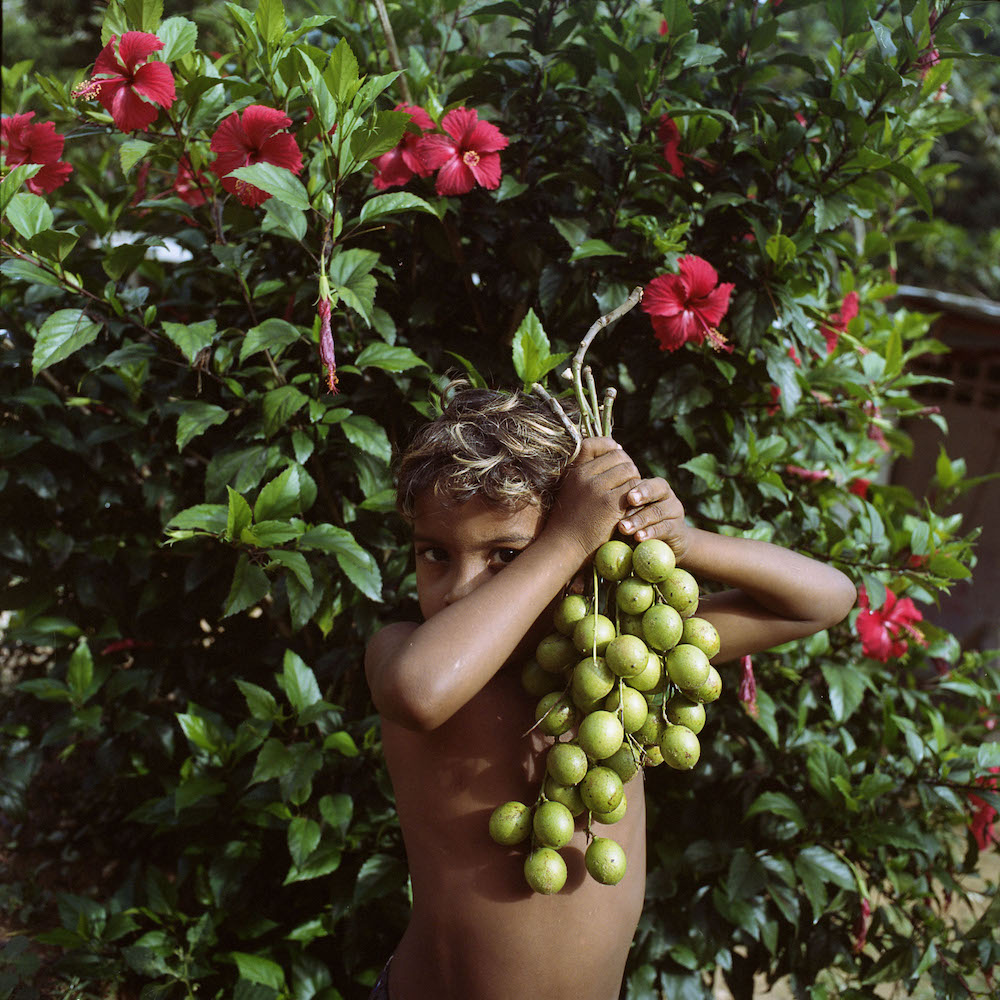
Launching this month is the fourth edition of the annual Latin American Foto Festival, hosted by The Bronx Documentary Centre and featuring large-scale photographs throughout the Melrose community. Within, and available to view online, the festival sheds light on a collection of notable image-makers, including Venezuelan photographers Andrea Hernández Briceño and Rodrigo Abd. Both of whom reflect on humanity’s relationship with nature, particularly focusing on the country’s fragility with oil industry, economic decline and the climate. Other photographers involved are Florence Goupil, Cristóbal Victor Peña, Pablo E. Piovano, Victoria Razo and Carlos Saavegdra.
Andrea, in particular, is a visual storyteller based in Caracas who’s “interested in many things, but especially in everything that touches the social sphere, migration and women’s issues.” After graduating from a Mass Communications major with a specialism in journalism, she continued her education at the International Centre of Photography in New York with a scholarship in Visual Journalism and Documentary Program. After which she decided to return to Venezuela, kicking off her career in the arts and forming part of the collective of women photographers united by Latin America, named Ayün Fotógrafas.
While back in Venezuela, Andrea started work on a photography project entitled Mango Season – delving into the annual dry season in which fruits begin to fall from the trees in all their sweet and generous abundance. Mango season, for many in the country, is a lifeline, and The United Nations’ World Food Program has reported that one-third of Venezuelans are suffering from food insecurity. Coupled with the pandemic and oil shortages, the country is in crisis. Below, I chat to Andrea to find out more about her work and what she hopes to achieve through her colourful and impactful imagery.
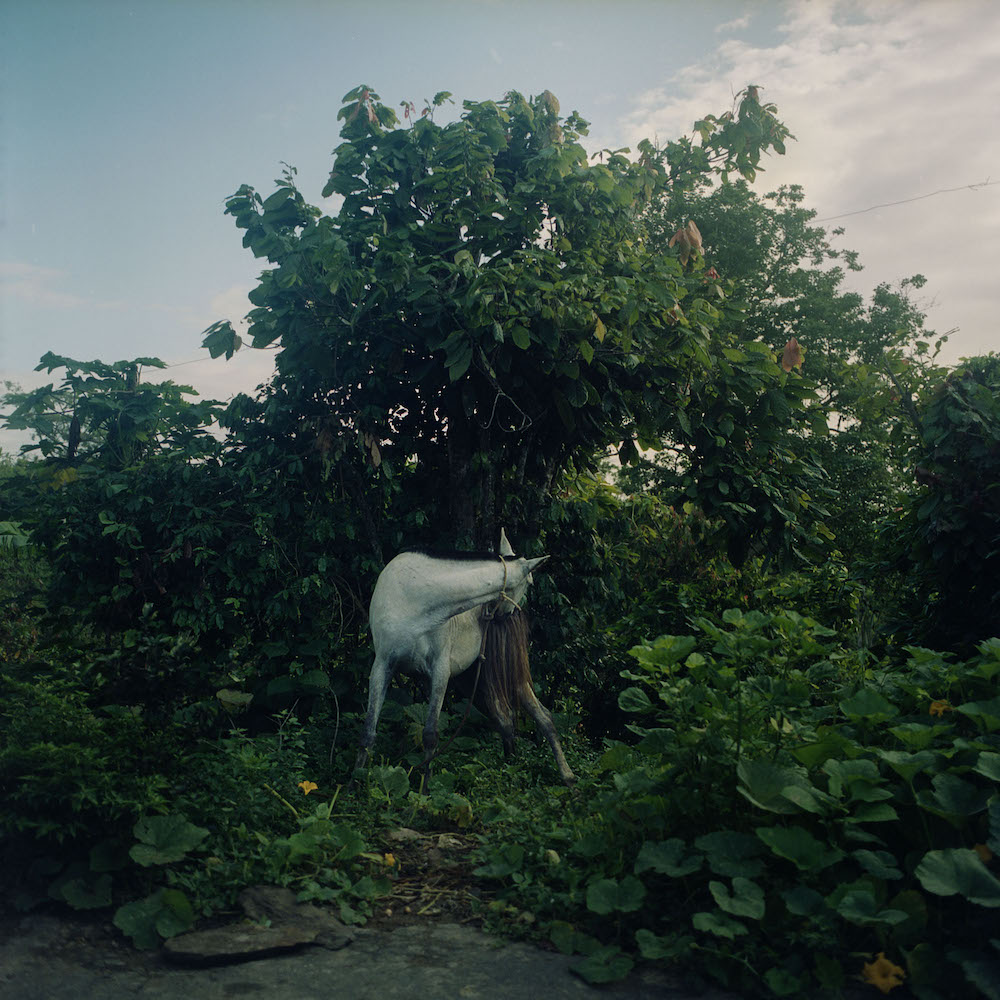
What’s your ethos as a photographer, and what stories do you strive to tell?
The stories that move me the most are the one’s where I can clearly convey the dignity of the people that I’m portraying. I believe that this connects the audience to the people portrayed and feel very satisfied when I think I’ve achieved it.
I’m a storyteller and one of the biggest and most transversal stories now is food insecurity. It affects more than 90% of Venezuelans.
Can you give some more context into the mango season in Venezuela, how is it celebrated?
The mango season lasts about four months and during this time, people have a little bit of food guaranteed. It is not exactly celebrated because we used to think of the mango season as a problem: when they fell, they could break a windshield or dent the hood of a car, they also rotted on the floor and brought flies and disease. But today, its meaning is changing to something good. They don’t rot anymore on the floor because there’s always someone that picks them up.
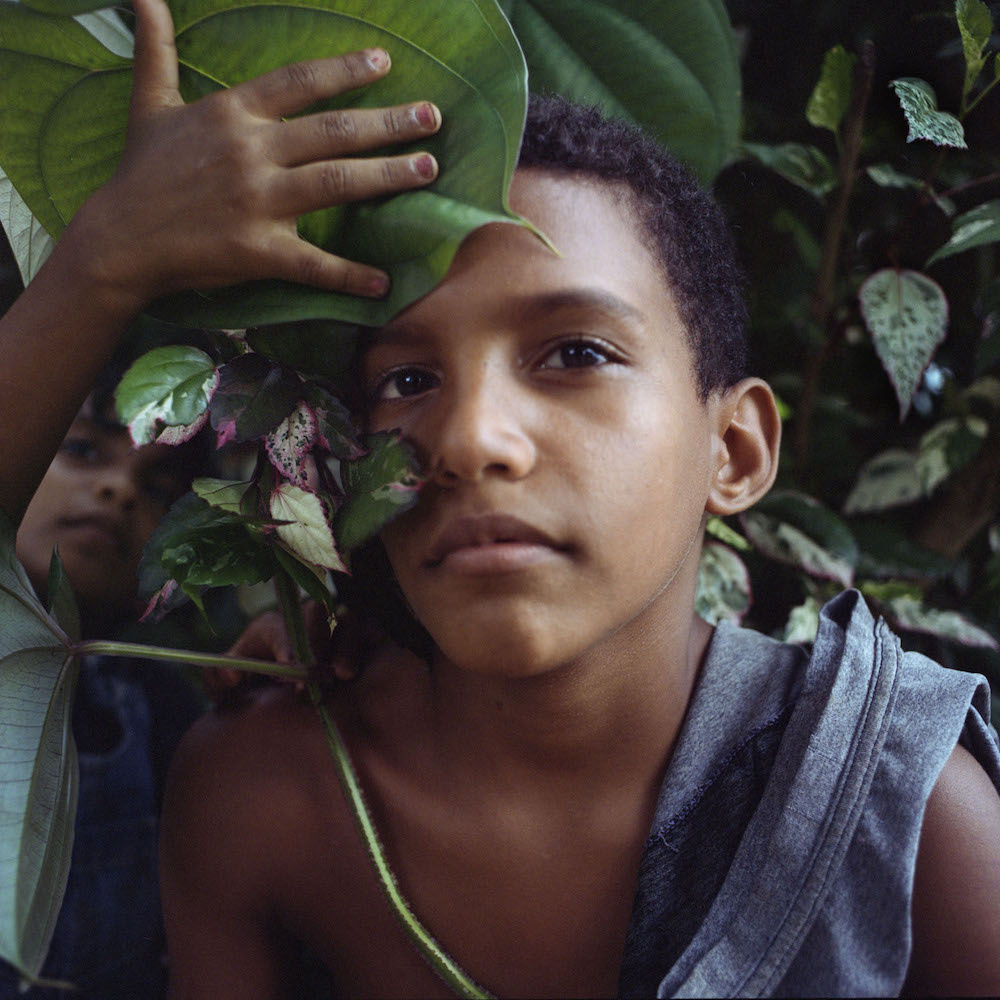
How has mango season changed over time, has it been affected by climate change and the pandemic?
Climate change hasn’t affected the mango season very much. These trees actually bear fruit during the dry season.
For the last six years, the mango season has changed its meaning into something good because of the social, political and economic crisis. So when the pandemic began, it just felt as if another element was added to the whirlwind of terrible living conditions (we also have fuel shortages now, ironically in an oil producing country). But it shifted my perspective and made me think of a different way to make this abstract story into something visual: it made me look for moments that showed the beauty, strong will and dignity of Venezuelans in this adverse situation.
Do you have any personal anecdotes or stories to share about mango season?
At the beginning of the pandemic, everything stopped. It felt as if we were suspended in the air. There was so much free time. So I went almost every day at my parents house. They have a big backyard with mango trees and they had just put some seeds for grass. I talked a lot with my dad; about love, family and expectations. We sat there drinking coffee or something stronger in the afternoon, watching the grass grow. Literally.
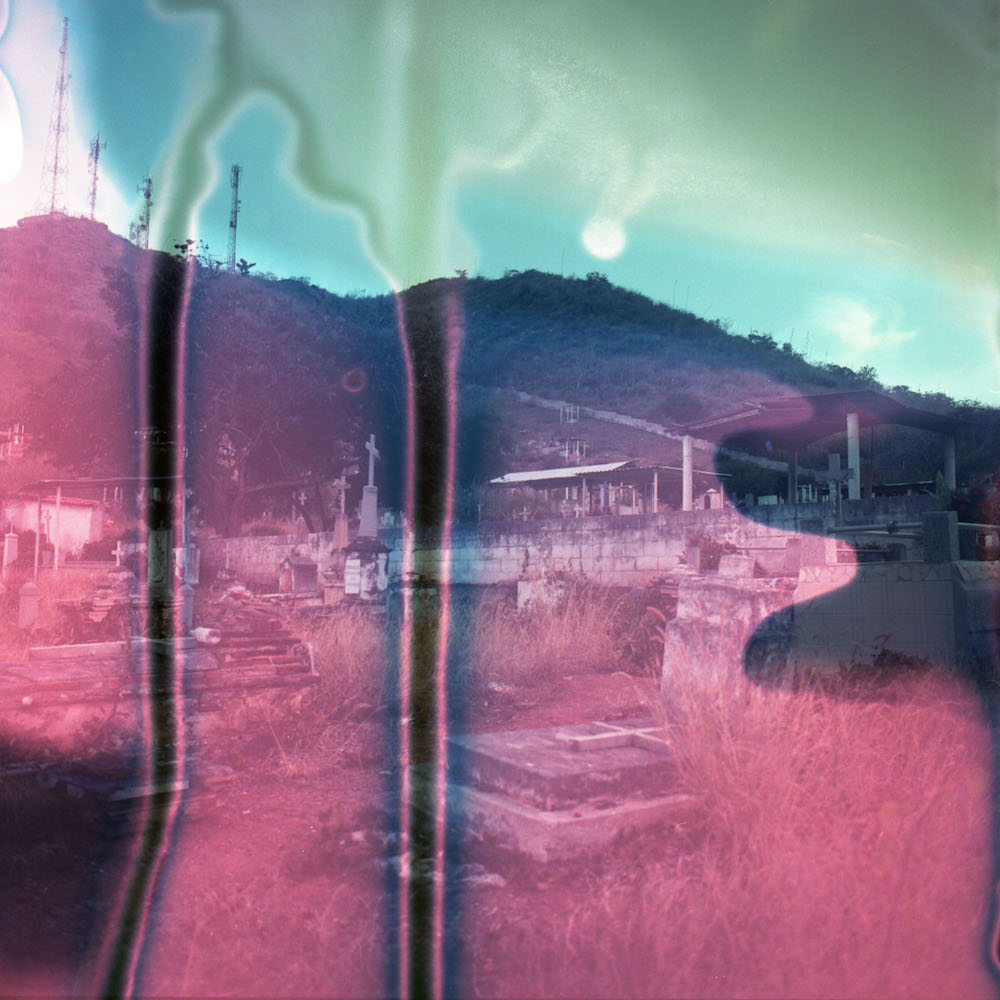
In terms of your imagery, from what I’ve gathered you’ve shot in quite a colourful and joyous manner – which is a contrast to the important topics addressed. Is this intentional, perhaps to make harsher topics more digestible?
The collective imagery of Venezuela is quite different to this body of work. My country is almost always portrayed as a sad, miserable place because there is a crisis going on. I’ve also added to this imagery because it is real, necessary and important for our history. But I also think that it is essential to show the in-between moments of calm, joy and connection. It is a different way to portray our humanity. I think it makes the audience feel a little bit closer to us because they can see themselves in the magic of everyday life and nature.
As your work’s now part of the Latin American Foto Festival, what do you hope to achieve? What can the audience learn about Venezuela, nature and the environment?
Being part of this festival has been a dream of mine since I came four years ago. I thought it was an amazing way to bring the power of photography into a community. With this work I hope to broaden the horizons of the people that look at Mango Season. I wish to make it easier to recognise the humanity in others, even if they are in far away places. And I also hope to bring the people that I photographed In Caracas, Patanemo, Choroní, San Antonio de Los Altos and Chuspa closer to the people in The Bronx and the US. It’s just a dream, but I think it can come true because my dream of exhibiting at this festival came true.
